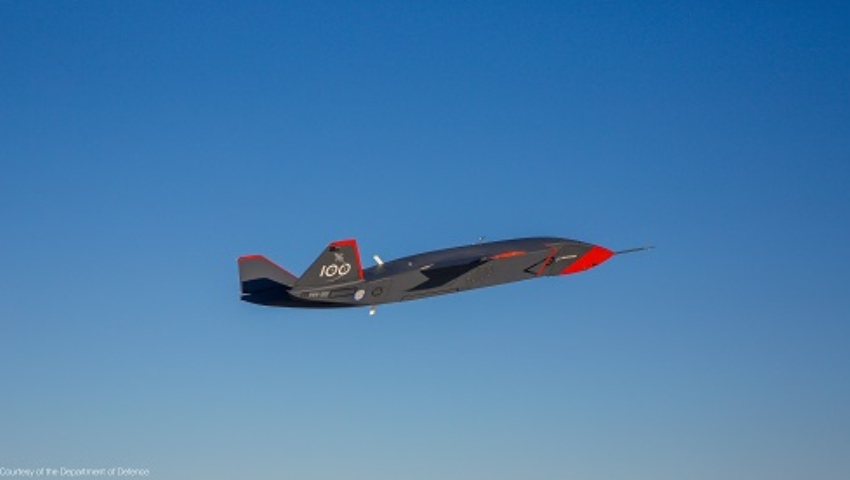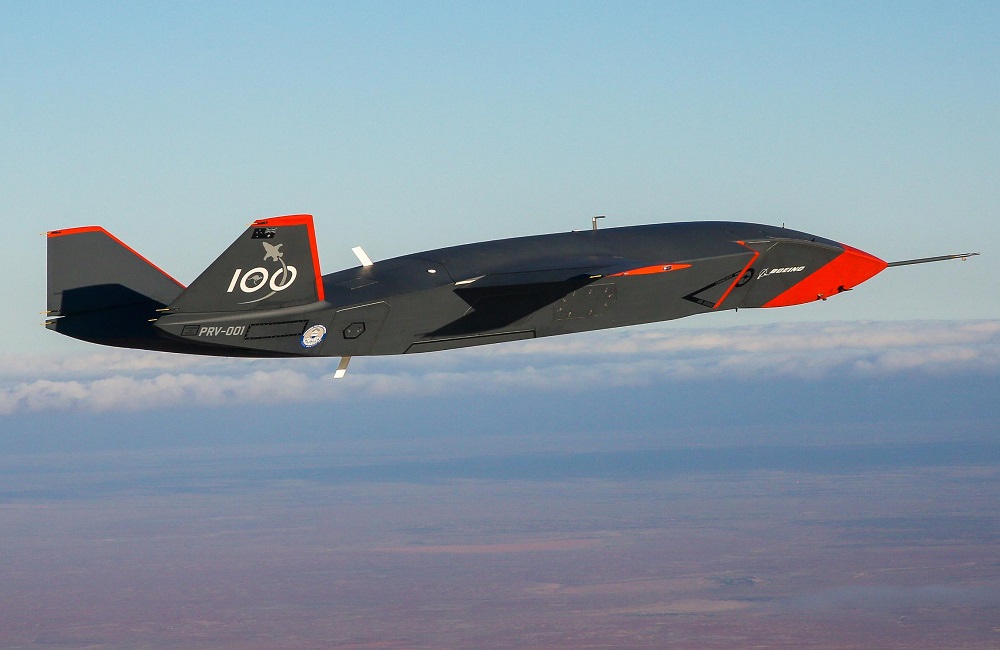I think it is a positive announcement, but I would imagine its probably going to happen either way whom ever gets in. Loyalwingman/Ghostbat is IMO a sensible project I don't see a lot of people working against.
However, at ~$60m a piece, UAV's aren't cheap. This space also seems very dynamic, I imagine mission/tasking may be further clarified in future announcements.
I was hoping for a more dramatic RAAF announcement. 4th squadron of F-35's (or half squadron), or a P8, A330MRTT, blk III SH upgrade or something. Even if it wasn't a commitment to buy, but an announcement to assess. Giving some detail regarding policy for the future.
However, at ~$60m a piece, UAV's aren't cheap. This space also seems very dynamic, I imagine mission/tasking may be further clarified in future announcements.
I was hoping for a more dramatic RAAF announcement. 4th squadron of F-35's (or half squadron), or a P8, A330MRTT, blk III SH upgrade or something. Even if it wasn't a commitment to buy, but an announcement to assess. Giving some detail regarding policy for the future.


